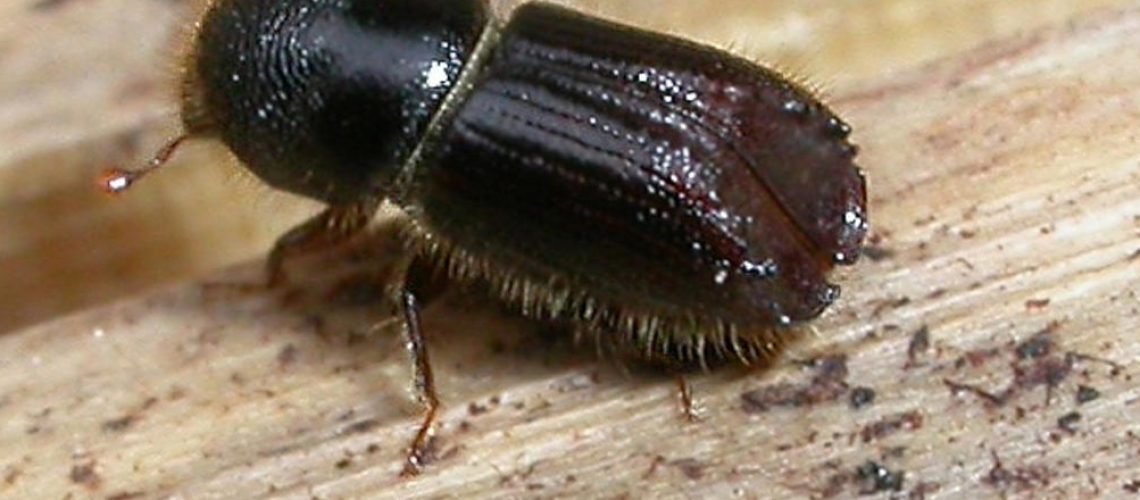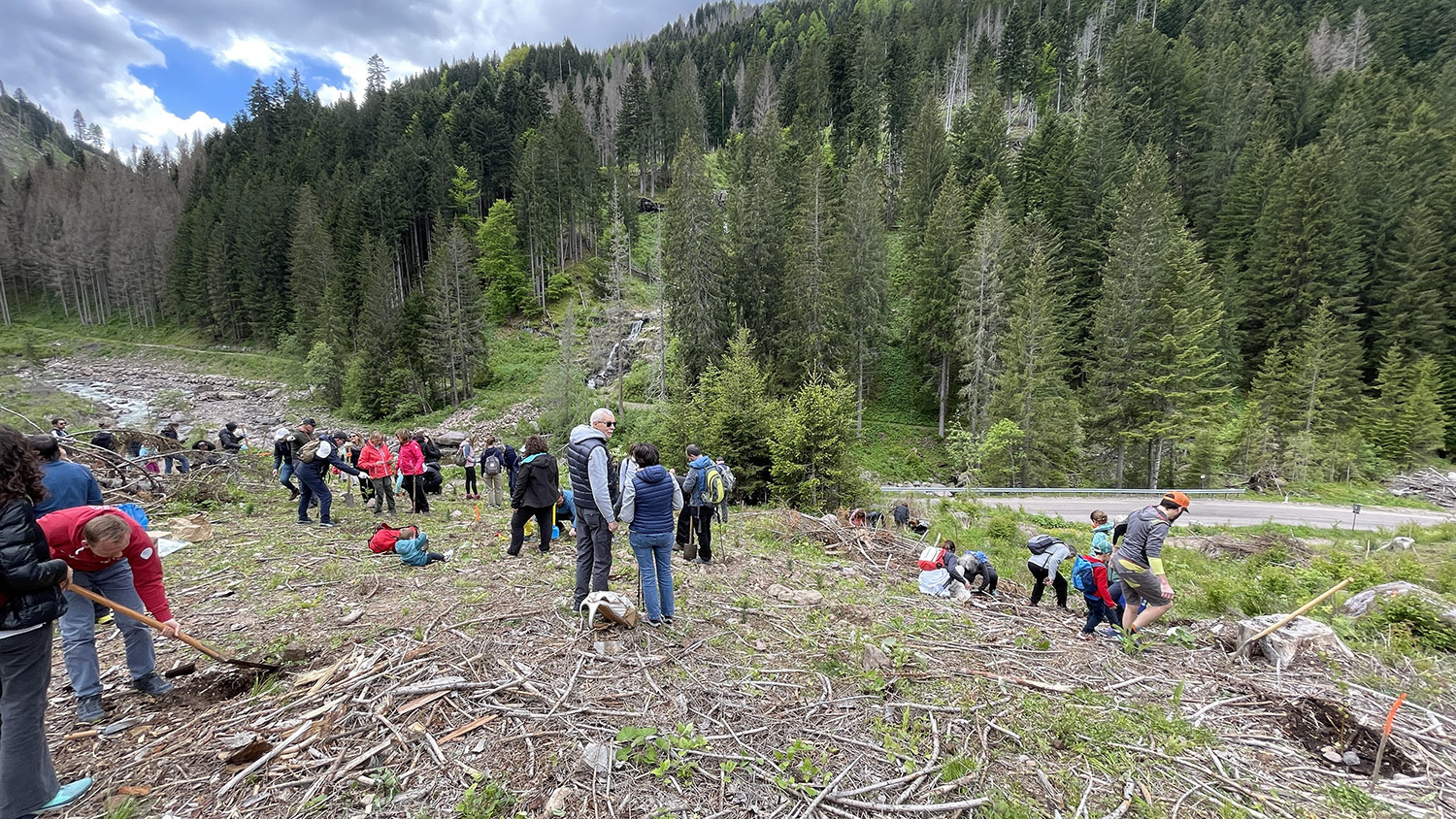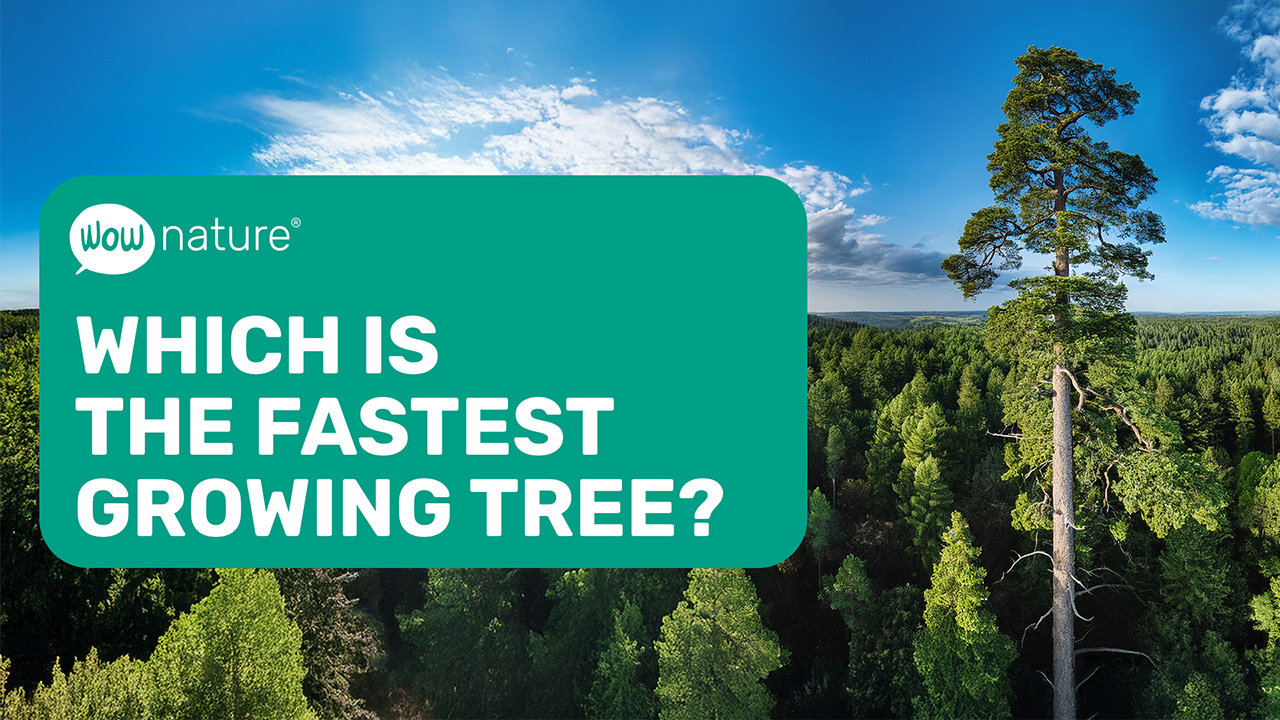
The forests of the Alpine arc affected by storm Vaia, particularly the felled trees whose timber remained on the ground, are facing another “pandemic.” Threatening the forests is a pest that is causing countless concerns: it is the Bostrich tree (Ips typographus), a “xylophagous” (i.e., “wood-eating”) scolytid insect, whose larvae develop and feed under the bark of spruce trees in poor health, permanently jeopardizing the possibility of recovery of the tree itself and the regeneration of the surrounding forest.
The knowledge that extreme climatic events, such as those of Storm Vaia, are repeating themselves and will continue to repeat themselves throughout Europe with increasing frequency, requires us to act now, through careful assessments of the evolution and future of what will one day be new forests that we will have to manage, care for, and protect.
Forests, even those affected by the storm, are not all the same: there are forests that have suffered more damage and others that, instead, have maintained a certain balance. For these forests, the presence of the bark beetle should be understood as a “natural mechanism”; the bark beetle does what it is supposed to do, which is to clean the forests of crashed trees by attacking the wood left on the ground. When this balance is broken, however, there is a phenomenon that starts to become really alarming: in these situations the bark beetle is spreading even on apparently healthy plants. The consequence is that the bark beetle is, slowly, attacking some forests in an exponential way.






